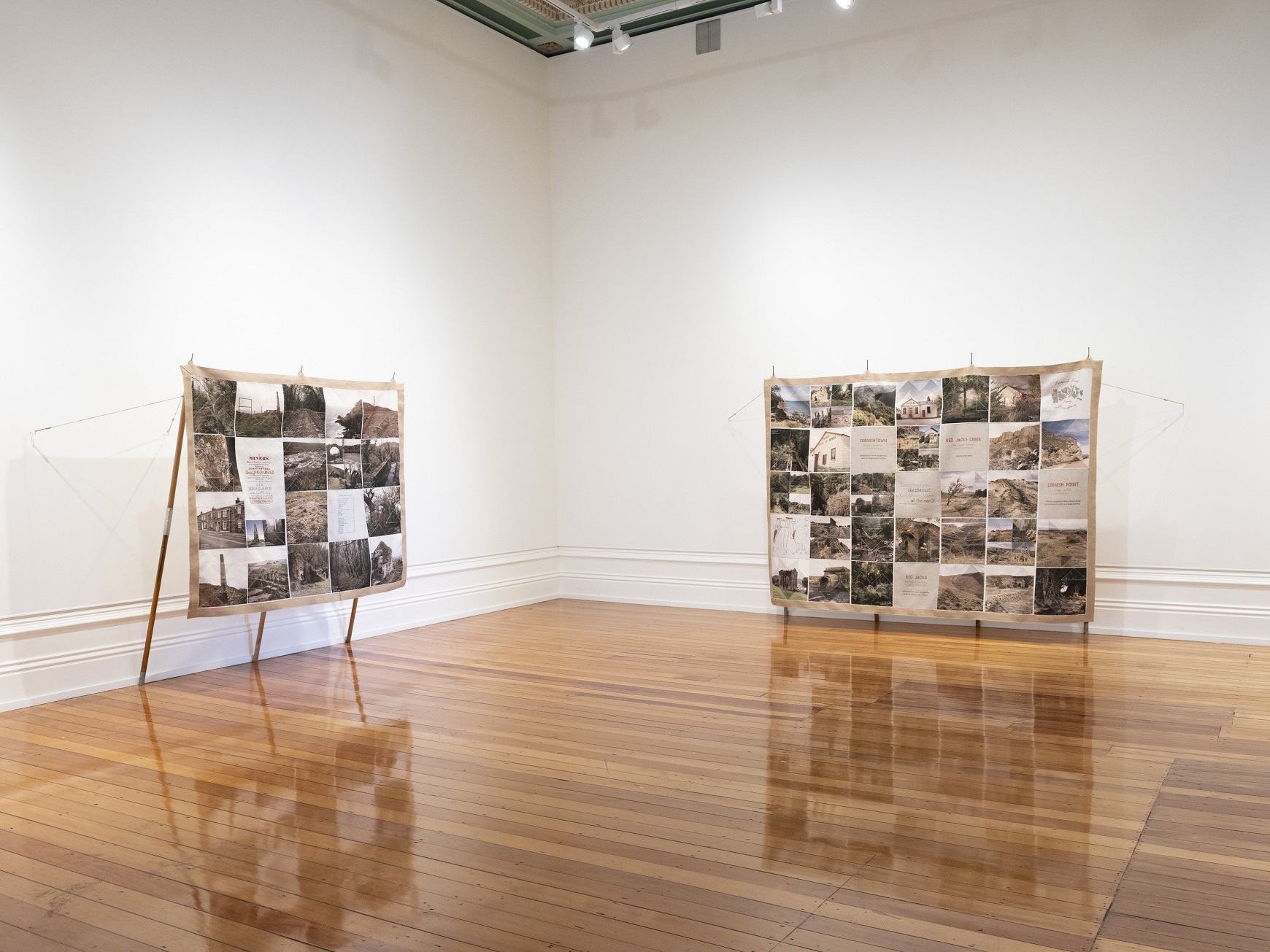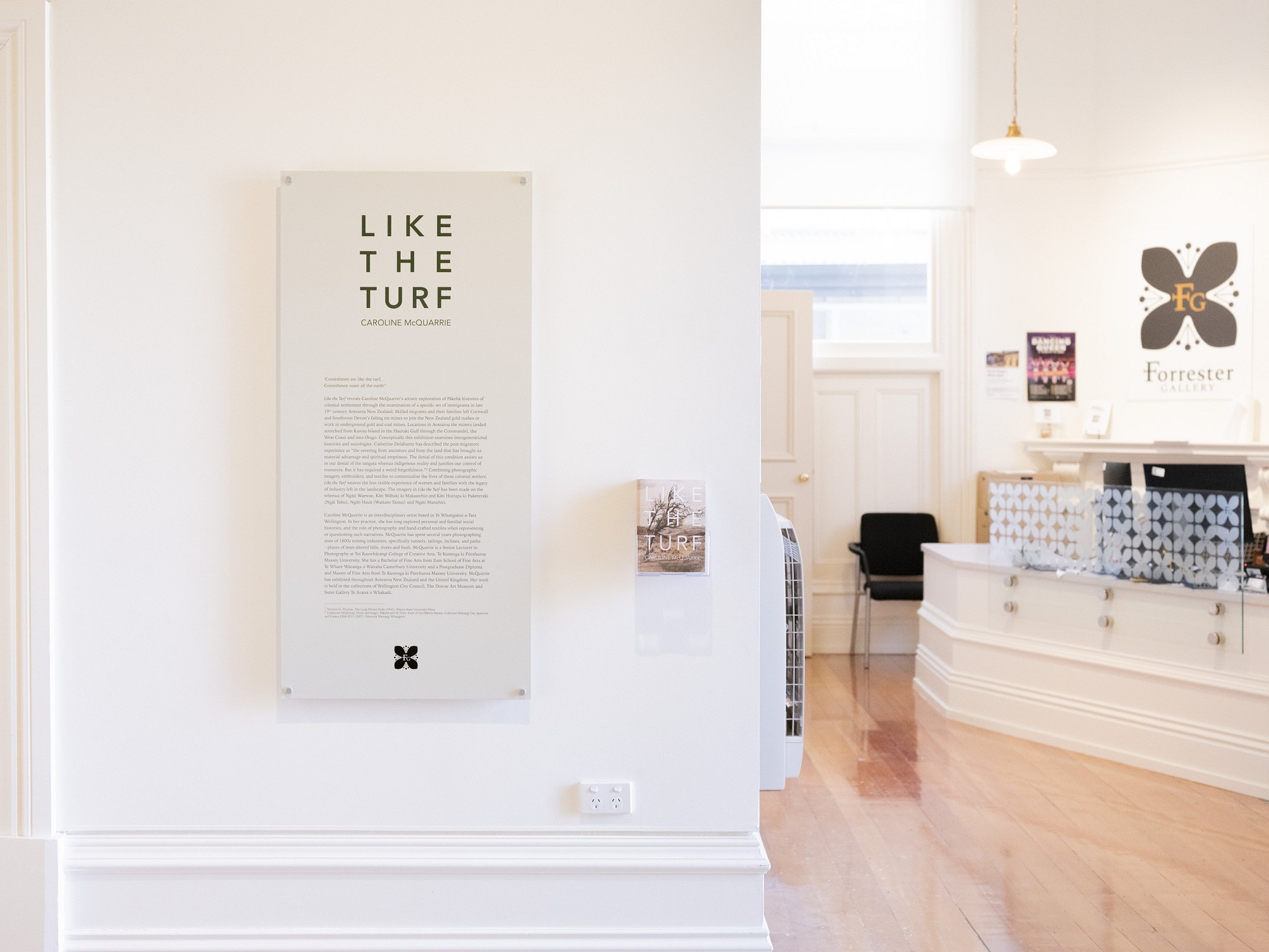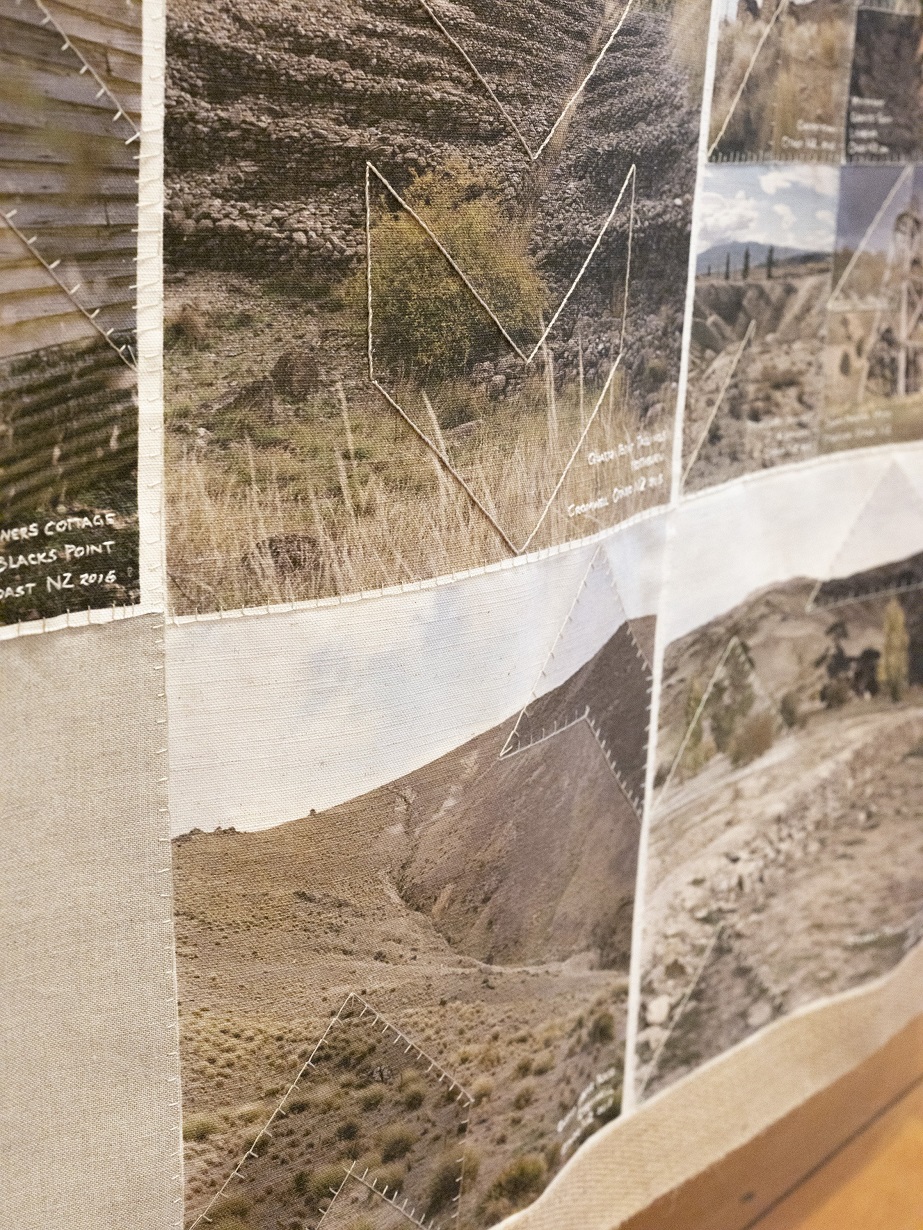
Caroline McQuarrie often says the photography side of her art practice gives her the motivation to go out in the world while the textiles give her an excuse to stay home and work on things.
"I like the push and pull between the two things. For me as a maker it is a nice combination as I get to go out and explore and then come home and quietly work away."
It is how she likes to spend her time — something that is essential for an artist in New Zealand such as McQuarrie whose work is not particularly commercial.
"You have to fit an art practice in around the other things you do in life."
For McQuarrie, that is teaching photography at Massey University’s College of Creative Arts although she admits it can still be difficult to find the time for it.
But it is not something she has ever been able to give up for long. Even after five years in the United Kingdom where she did not practise, she knew she had to come back to it for her own wellbeing.
"I grew up on the West Coast spending time out in the bush. I love the natural world but then you’d come inside, work on whatever project you were making, so it’s been a life-long thing. I’m pretty lucky to have been able to turn that into a career."
Her love of textiles grew out of that upbringing.
"I don’t remember learning how to sew. I could sew before I could write. My mother was a textile person and the tools were all around me so I just picked it up."

"I like making things by hand. I started combining textiles with photography in my undergraduate degree and have not really stopped."
Photography also appealed to that ethos of making things herself.
"I use film quite a lot and teach dark-room techniques — I’m old enough to have started photography using dark rooms — so it has that element of working with your hands."
McQuarrie has a collection of cameras including a 1980s Hasselblad and a 1950s Yashica that she likes to use. Both have waist-level view-finders which she likes as it gives her a different point of view to an eye-level view-finder.
"They’re good cameras for observing as you have more time to look at the world. They’re also subtle."
They are the type of cameras used by photographer Ans Westra and are often used in documentary work as they are unobtrusive and it is not necessarily obvious when a photograph is being taken.
That’s not to say she does not like modern cameras as she has just bought a medium-format digital camera which she is enjoying getting to know.
"I like to experiment with different film formats."
With each project she likes to keep to the same cameras so all the photographs look similar and she almost always uses the same focal length.

She used that technique deliberately in Like The Turf, a project nearly a decade in the making, that looks at the immigrants from Cornwall and Devon in the United Kingdom who moved to New Zealand in the 19th century.
Up until then much of her work had centred on the history of early settler populations on the West Coast, the gold rush and mining.
"I photographed sites of abandoned mining towns, remanents of mining in the landscape."
So when an opportunity in 2015 for a month-long residency at Plymouth University in England came along, McQuarrie discovered Cornwall has a similar mining history, just in a different time period, and decided to further research that during her stay.
"The decline of their mining industry hit right at the rise of ours. About 250,000 in the late 19th century left Cornwall, which is such a small region so it would have been an extraordinary exodus and New Zealand was one of the places they came."
It was not the mining itself that interested her, more the human stories and experiences of people in those industries and their families, especially women as their stories were not often told directly.
"Particularly the way that essentially what happened is those people from Cornwall travelled here and created exactly the same conditions they had come from, and after a while the work ran out, just like it had at home."
When she began looking at where they settled she found them throughout the country with particular communities in Reefton on the West Coast, Otago and the North Island mining towns such as Waihi.
"There is a tin mine on Kawau island in the Hauraki Gulf with a subterranean mine that looks exactly like the ones in Cornwall. It’s extraordinary."

"I ended up with this incredible body of photographs and spent some time thinking about what to do with them."
Given her interest in textiles one of the things that stood out from her time researching in Cornwall was the use of large fabric banners by church groups in parades. She also saw some quilts from a similar time period.
"I liked the idea of combining the form of the quilt and its grid structure as the structure for collating the photographs. The banner also appealed with its reference to protests and the old New Zealand Women’s Institute banners — it’s a marker of identification, of being part of a group."
McQuarrie decided to make two banners, one for Cornwall and one for New Zealand, and had the photographs printed on fabric, a linen-cotton blend, along with elements she had discovered from her research to give context to the story. Each photograph was printed out in various colour variations.
For the Cornwall banner she included two newspaper advertisements for skilled labourers to move to New Zealand and a shop list of all the items a married couple would need for the move.
"What interested me was the list for the man was all pre-made clothing while the women’s was lengths of cloth, inferring they had to make their own clothing."
The New Zealand banner features an image from a book on the family history of the Bolithos who settled near Reefton.
She also found two cross-stitch patterns from that time including one from a gold-mining town in Australia which very much looked like any town in Central Otago.
"There is a very nostalgic, romanticised view of this time when you visit those sites, but it was very different from that."

How long the process took she does not want to know but when she finished plans to show the work were affected by the Covid-19 pandemic.
"Three different times it fell through and after each time I had to restart the process and did a little bit more work to advance it, but after the third time I became disheartened and put it away for a couple of years."
However, last year while she was at the Costume and Textile Association Symposium in Oamaru she got talking to representatives from the Forrester Gallery who were keen for her to show there.
For McQuarrie, the former bank, built with gold money, is the perfect venue for it.
"I was determined to show it in Otago. I wanted it to be seen in that part of the world first and then I’m taking it over to the West Coast. Most of the photographs are from the West Coast and Otago so it felt right."
As it has taken so long for Like The Turf to be shown, McQuarrie says her work has moved on in the meantime so she made some small changes to reflect that.
These days her work is less about direct storytelling and more about observation of both small and broad aspects.
"The work has become less specific. If I’m interested in a particular place then I like to revisit it many times at different times of day or seasons and see what is in front of me. It’s more of a intuitive response."
TO SEE:
Like The Turf — Caroline McQuarrie, Forrester Gallery, until January 26, 2025










